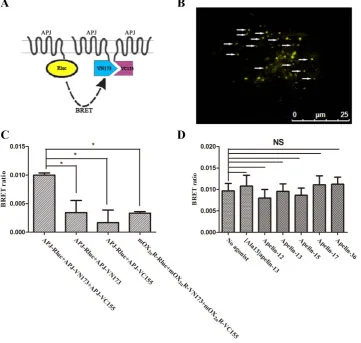Apelin receptor homodimer oligomers revealed by single molecule imaging and novel G protein dependent signaling
Full text
Figure




Related documents
Because of the good agreement between the correction factors obtained for each of the direct, resolved and combined sample, we apply a single correction
Both two-cell and eight-cell Tead4 –/− embryos developed into blastocysts when cultured under conditions that alleviate oxidative stress, and Tead4 −/− blastocysts that formed
Abstract: Makhnev and Samoilenko have found parameters of strongly regular graphs with no more than 1000 vertices, which may be neighborhoods of vertices in antipodal
The antioxidant activity was evaluated by the DPPH test, the results of this test indicates that Cinachyrella tarentina contains the modest antioxidants, which
In the proposed approach, we transform MOLFPP into multi-objective linear programming problem by using first order Taylor polynomial series.. Here we do not need any extra
The optimum neural network chosen is used to develop a neural network based fuel cell driven electric vehicle model that includes the modeling of fuel cell, DC-DC converter
In this thesis, Chapters 2 – 4 describe the oxidative addition reactions of the S-S bond of 1,2,5,6-tetrathiocines to zero-valent group 10 metals (Ni, Pd, Pt) in the





